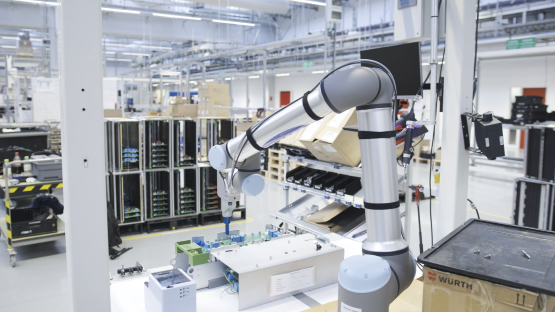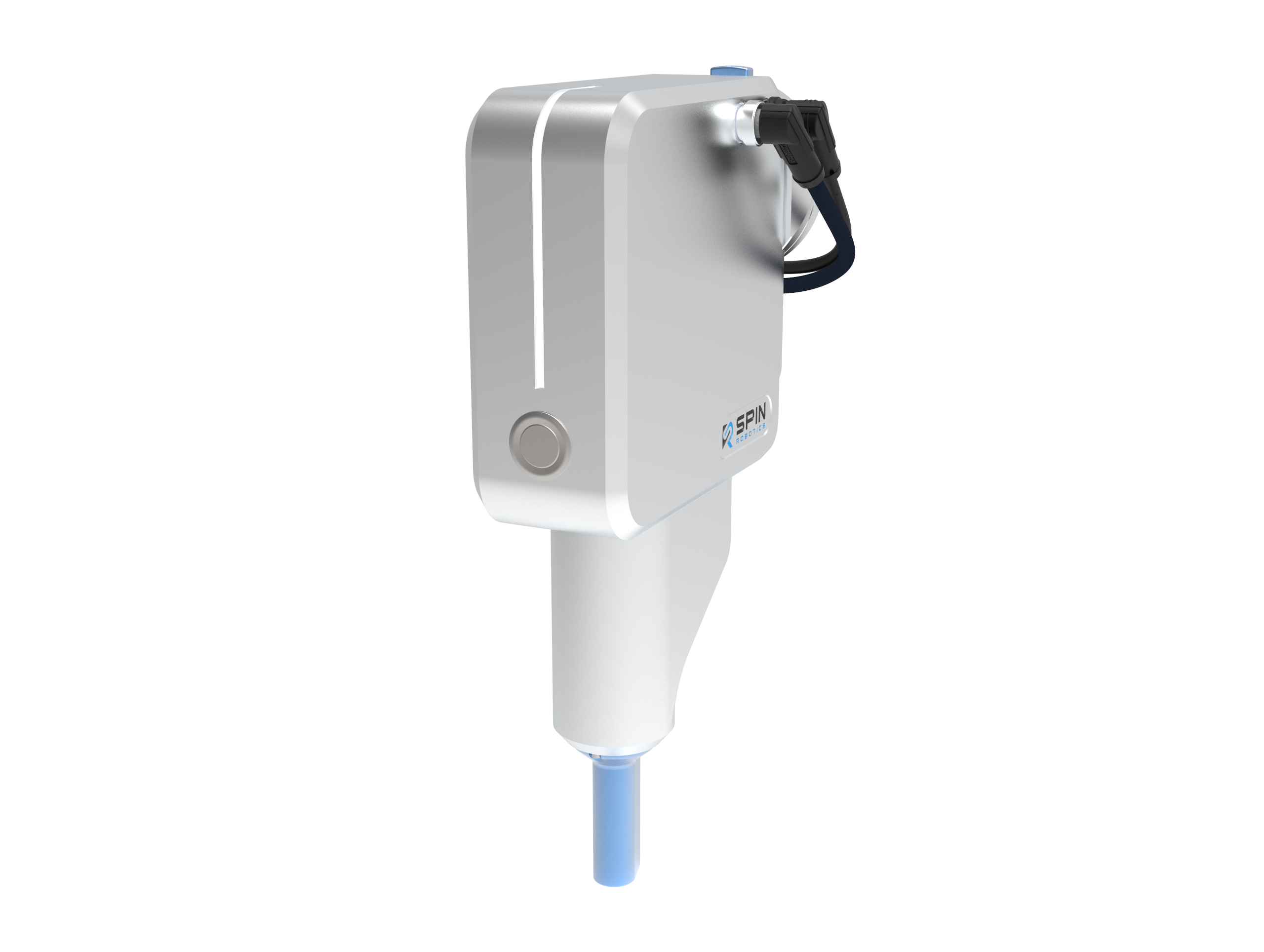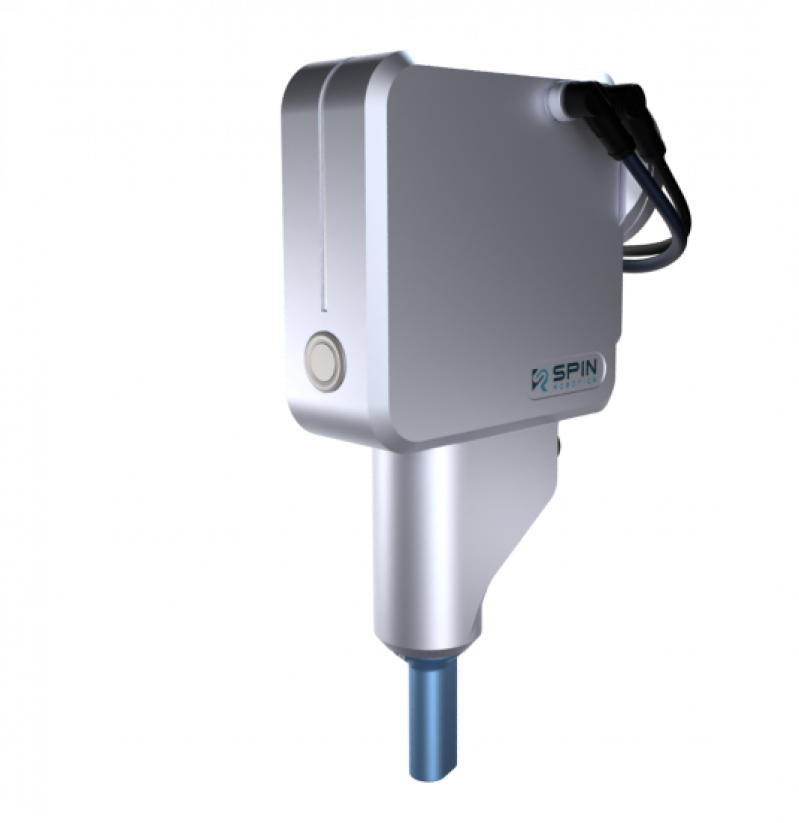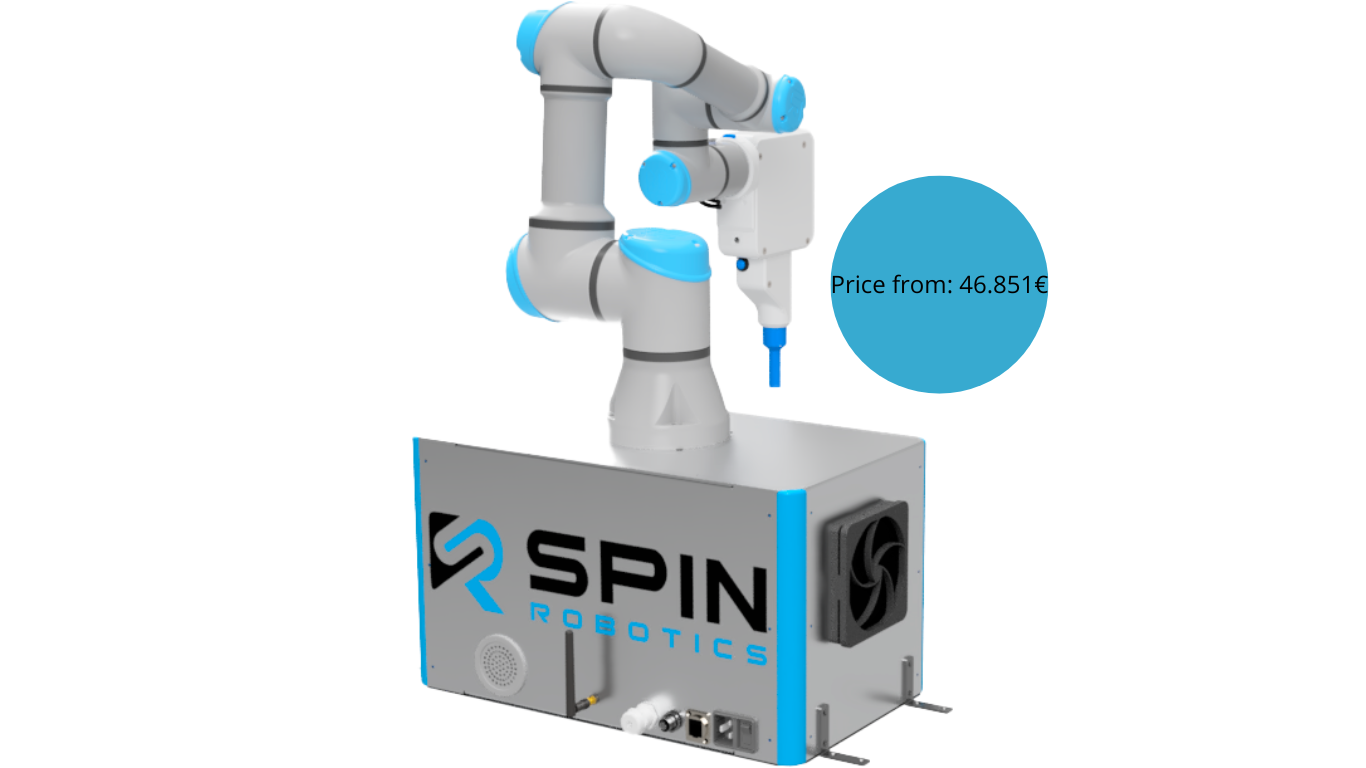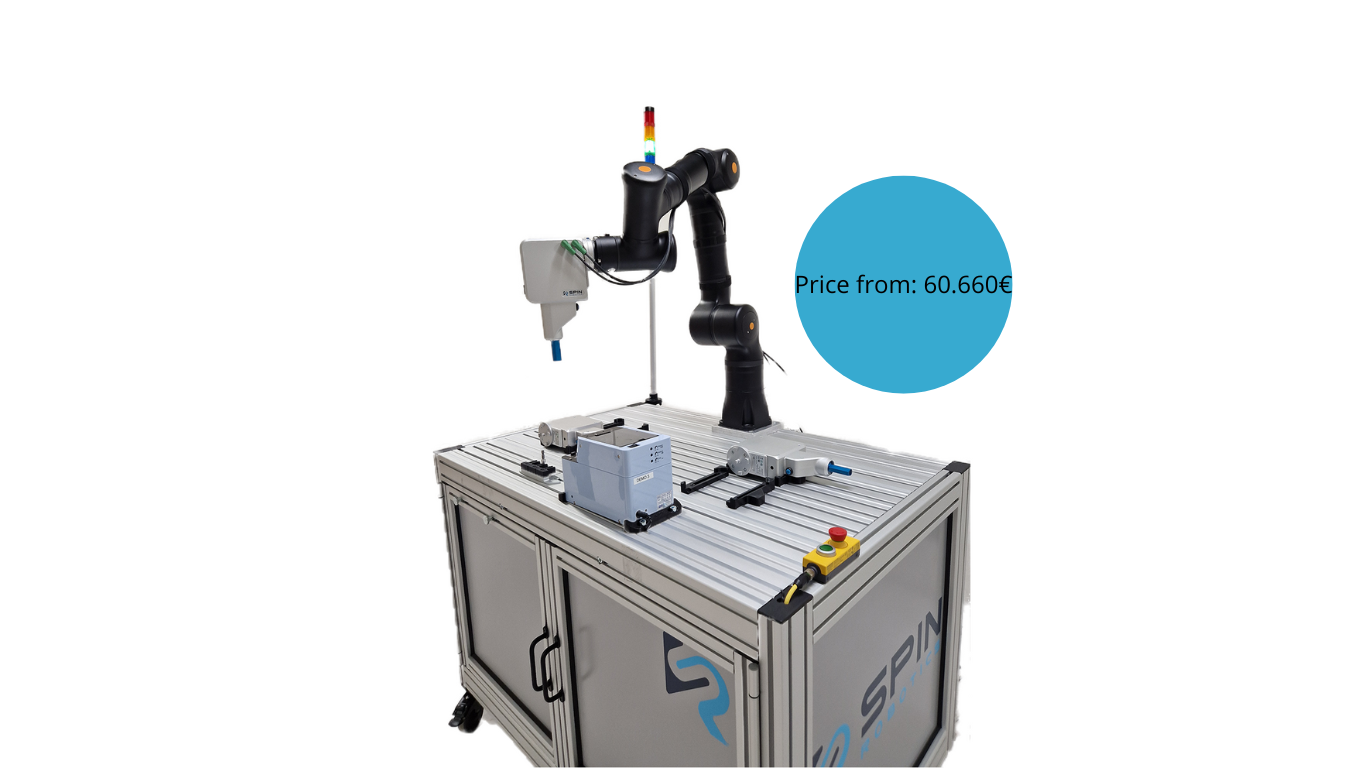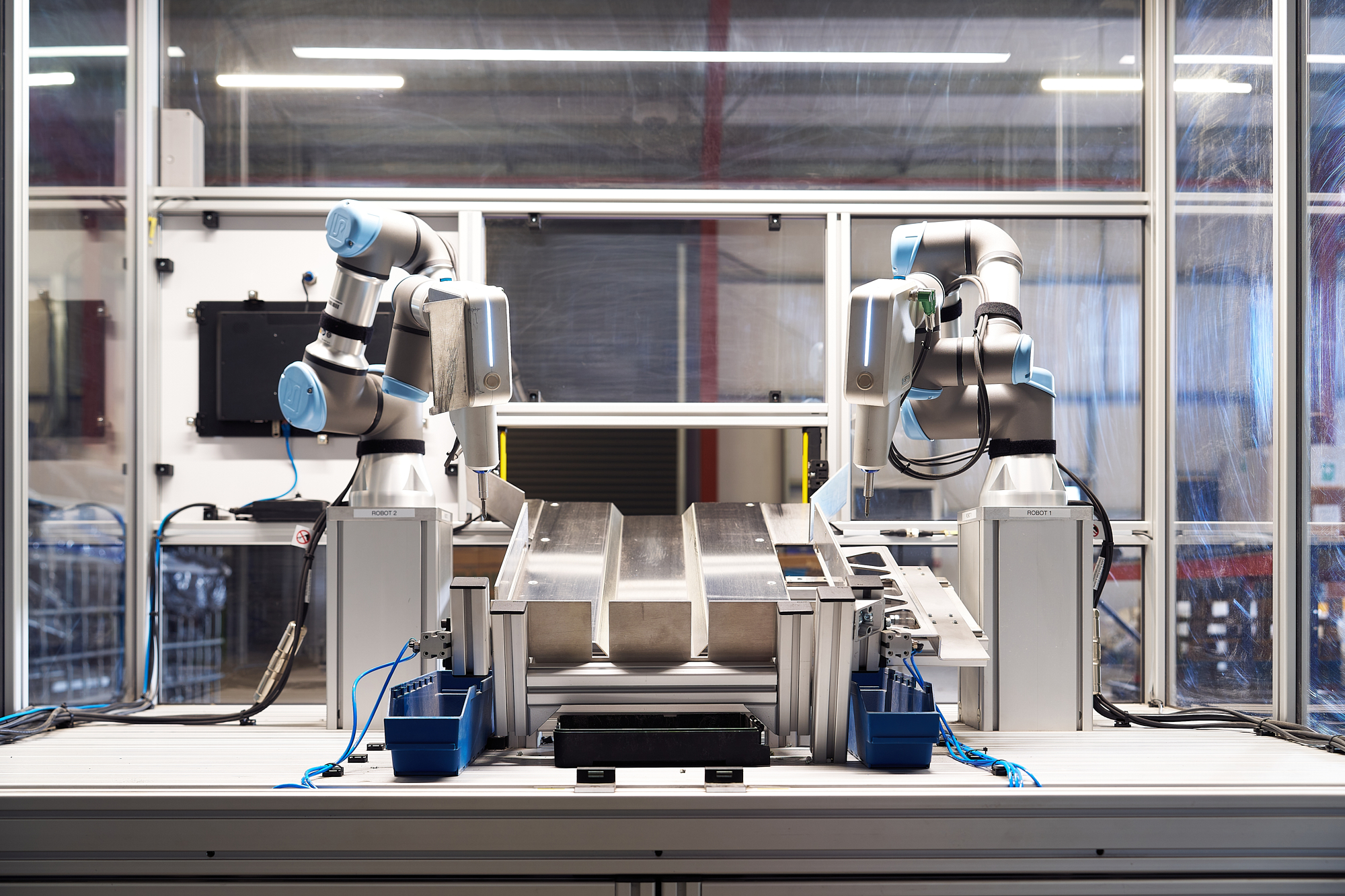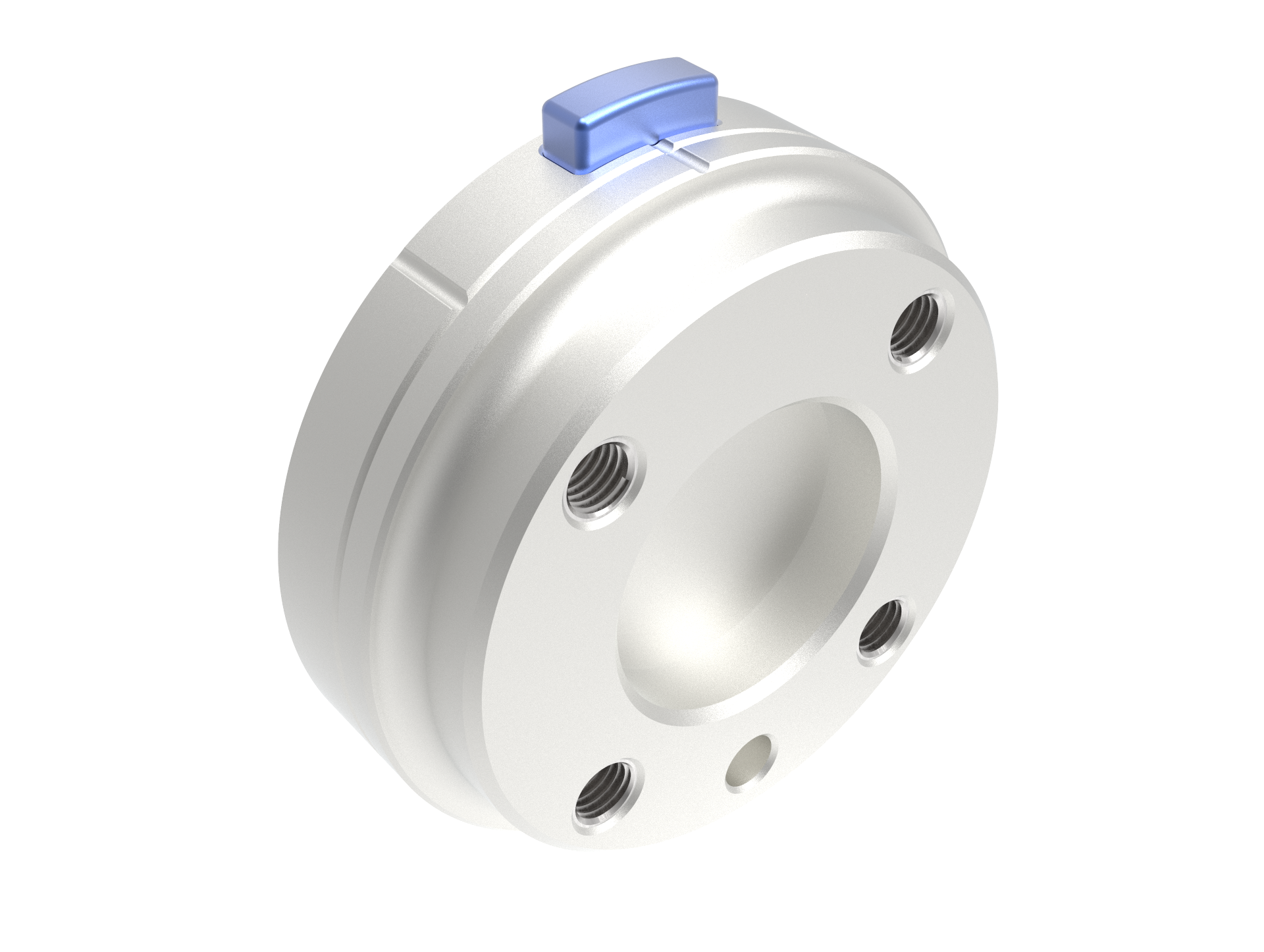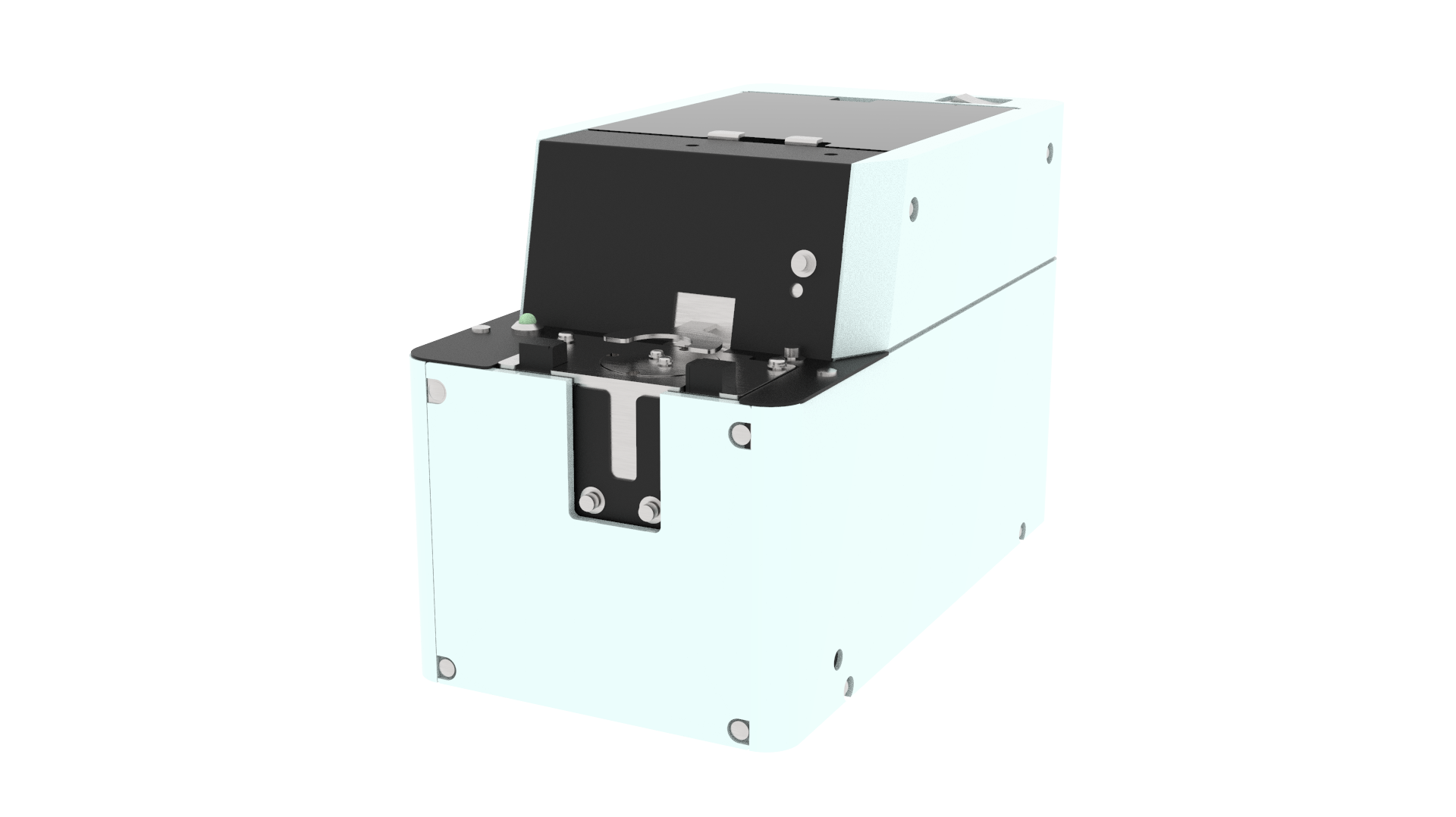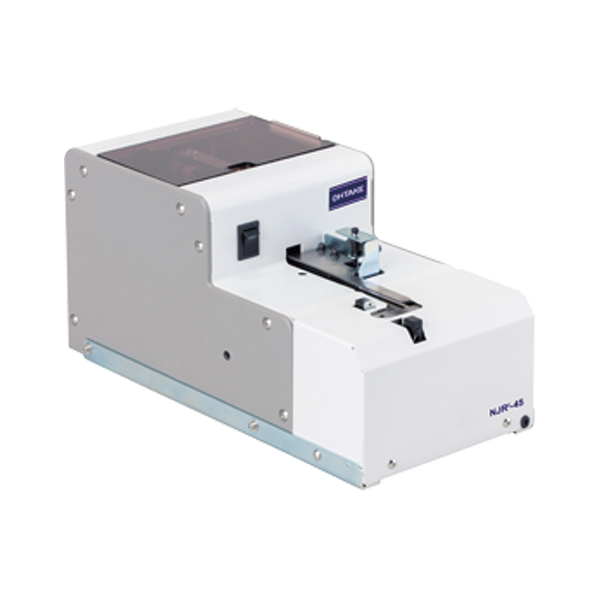5 key drivers of growth in assembly robotics
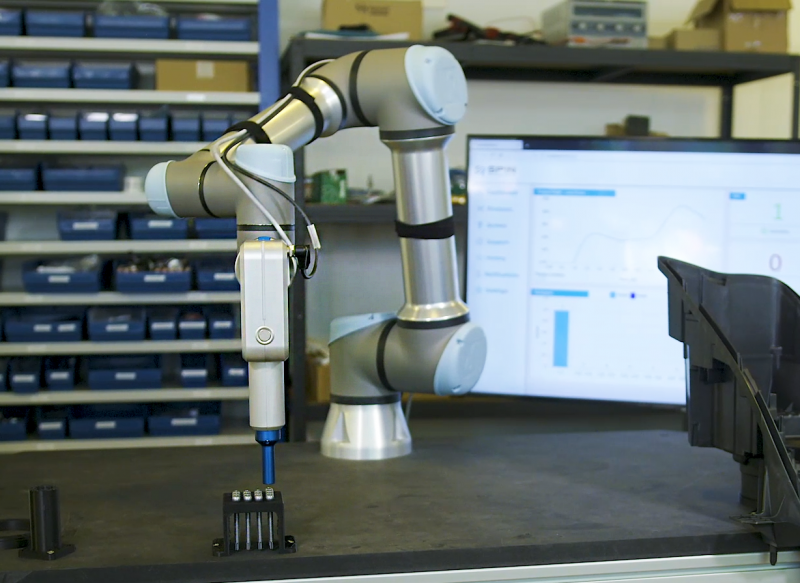
With the advances in robotics and related technologies, today more companies get to reap the benefits of automation than ever before.
On the assembly lines, the use of robotic solutions can offer higher productivity, more consistent quality, shorter changeovers, and more employee satisfaction in general, among other benefits.
When we talk about the application of industrial robots, people often associate these assets with the automotive industry. While it is true, that the majority of industrial robots today are used in automotive applications, with the advancement in technological solutions, robots are becoming smarter, more versatile, and become available for a variety of different tasks.
Outside the automotive applications, robots are becoming more prevalent in other industries, such as the electrical, electronics, and industrial machinery industries. These are key players in increasing the application of industrial robots, as the optimization of the assembly lines is vital in their manufacturing processes.
According to The International Federation of Robotics (IFR):
“The annual installations of industrial robots more than tripled within ten years (2010-2019) reaching 381 thousand units in factories around the world.”
Technavio’s global report investigated the key drivers of the growth of assembly-line robotics. According to their findings, the general growth trend in the application of industrial robots is the result of the rapid development of emerging economies, such as China and India, while the change to advanced manufacturing practices in the more industrialized regions of the world supports this tendency.
But what other trends are shaping the robotics landscape in assembly applications?
We have collected 5 key factors that shape the market today and drive the growth of the use of robotic solutions:
1. Introduction to New Industries
The advances in robotic solutions allow these assets to be adapted for sectors, that have previously not used automation on their assembly lines.
As the technologies mature, the price of robots goes down, which allows not only different markets but also smaller and medium-sized companies to explore the benefits of automated solutions.
With digital transformation gaining ground globally, manufacturers will be able to adapt to customer needs faster and change their production on-demand. This will allow new business models, and markets to emerge, which will eventually phase out traditional production lines, to give room to smart factory solutions.
2. More Flexible and Secure Supply Chains
The COVID-19 pandemic has highlighted the weaknesses of the global supply chains. Through these turbulent times, many companies had to rethink their processes, and supply chains to provide flexibility, in case unexpected events might emerge.
With the increased use of industrial robots, companies can have more flexibility and security in their supply chains without compromising productivity.
3. Increasing Intelligence
Through its rapid development and wide usability, artificial intelligence (AI), along with other smart sensor systems and software increases the potential of robots. Just a couple of decades ago, robots were useful for simple tasks but were unable to perform more complex ones. New robots and collaborative robots (cobots) are easier to set up, have more capabilities, and can be used for a greater variety of tasks.
Additionally, specific industrial assembly tools that are designed for robots and cobots are becoming cheaper, and need little to no expertise or coding to integrate them with the robots. The developments in communication protocols integrate robots easily into automation and Industry 4.0 applications.
4. Less Impact On The Environment
Another important impact of robots on assembly and manufacturing, in general, is the reduction of the carbon footprint of industries.
State-of-the-art robotic solutions are more efficient in terms of energy use. Moreover, due to higher precious and production quality, fewer scrap materials are produced, which saves resources for companies and decreases waste.
5. Investment in Research
Understanding the importance of advanced robotic solutions for smart manufacturing, and smart factories results in a huge influx of funding for research purposes. For this reason, private enterprises, research institutions, and governments are working on numerous RDI projects to develop new technologies and explore promising solutions for Industry 4.0 applications.
The cross-geographical and multidisciplinary cooperations between these actors result in rapid advances in robotic technologies, which are expected to grow more in relevance in the upcoming decades.
Would you like to learn more about how robotics can support assembly lines? Visit our website for more information, or contact us directly with your inquiries.

